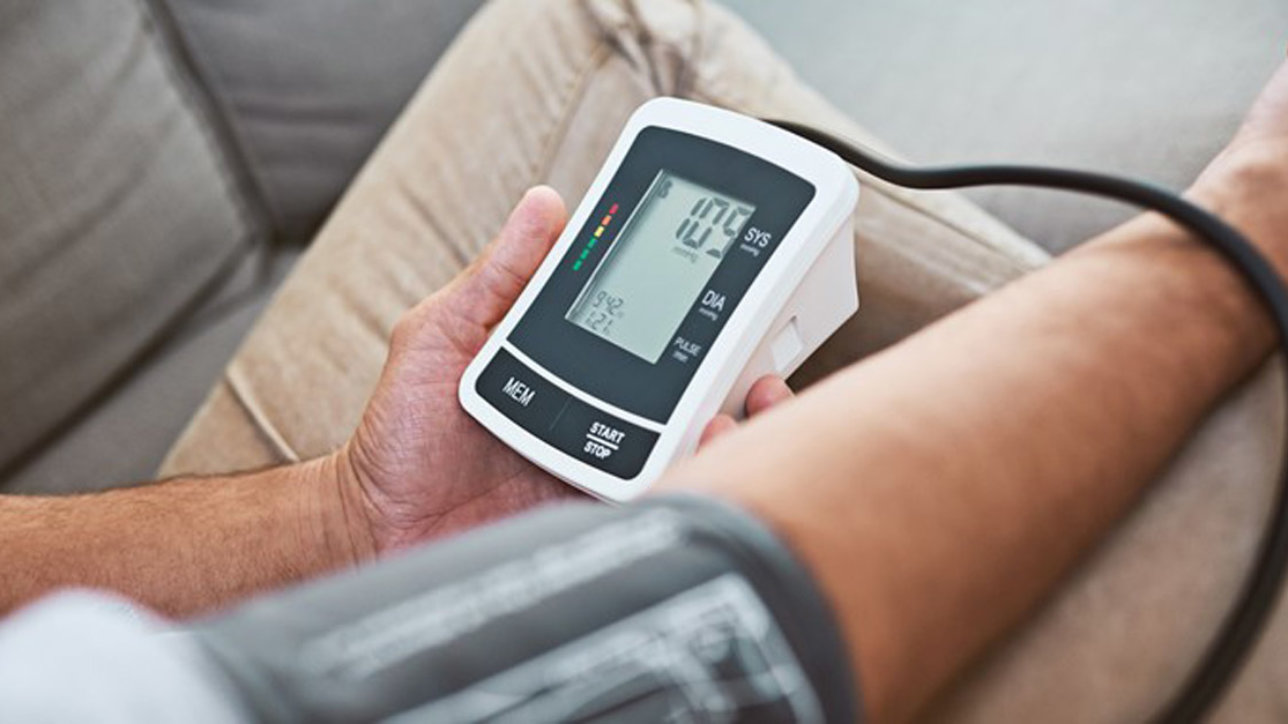What is Remote Patient Monitoring (RPM)?
Remote Patient Monitoring (RPM) is a technology to enable monitoring of patients outside of conventional clinical settings (e.g. in home), includes data filtering, analysis, and alerting, and supports geographical scope and clinical reach. This method of clinical delivery increases access to care, improves care quality and decreases healthcare delivery costs.
Monitoring programs can help keep people healthy, allow older and disabled individuals to live at home longer, and postpone the requirement for a skilled nursing facility. RPM can also serve to reduce the number of hospitalizations, readmissions, and lengths of stay in hospitals—all of which help improve quality of life and contain costs.
On Nov. 2, CMS released their final rule for the FY 2018 Physician Fee Schedule, announcing:
- A standalone CPT code (99091) for remote patient monitoring, offering reimbursement for a minimum of 30 minutes per month spent interpreting patient biometric data from devices such as ECG, blood pressure, and glucose monitors.
CPT 99091 is not a newly-created code. Instead, Medicare “unbundled” it and designated it as a separately-payable service, and will now pay providers a monthly fee for delivering RPM services.
The reimbursement for remote patient monitoring, effective January 1, 2018, is a significant departure from previous policy. In the past, CMS only offered reimbursements for live, audio-visual or virtual visits. So it is a welcomed change and an important first step toward widespread adoption of RPM. This service complements ongoing care management services and can be billed alongside other chronic care and behavioral health codes focused on long-term patient and condition management.
RPM is not a Telehealth service
RPM services are not considered a Medicare Telehealth service. Instead, like a physician interpretation of an electrocardiogram or radiological image that’s been transmitted electronically, RPM services involve the interpretation of medical information without a direct interaction between the practitioner and beneficiary. As such, Medicare pays for RPM services under the same conditions as in-person physicians’ services with no additional requirements regarding permissible originating sites or use of the Telehealth place of service (POS) 02 code. RPM services do not require the use of interactive audio-video, nor must the patient be located in a rural area, and the patient can receive RPM services in their home.
These new remote monitoring innovations are changing the way healthcare is delivered—and they’re improving outcomes—which is one of the key measures driving payments and reimbursements in today’s value-based landscape.
Key takeaways from CMS guidance on how to get credit for this activity:
- Clinicians can provide ongoing guidance and assessments for patients outside of in-office visits using digital tools, including the collection and use of patient generated health data.
- Clinicians must use health technology platforms and devices that gather patient data as part of an “active feedback loop” which CMS defines as “providing PGHD in real or near-real time to the care team, or generating clinically endorsed real or real-time automated feedback to the patient.”
- Platforms and devices used for this improvement activity must be, at a minimum, “endorsed and offered clinically by care teams to patients to automatically send ongoing guidance (one way).”
- CMS makes a distinction between technologies covered by this activity, versus “passive platforms or devices” that collect but do not transmit PGHD in real-time. The latter is not eligible technology under this activity.
Clinicians conducting this activity will be eligible for a 10 percent bonus in the MIPS category of “Advancing Care Information” (ACI) when they incorporate patient generated health data and provide patients access to their health information and educational resources.
We applaud CMS for incentivizing the use of more “active devices” that inform the patient or their care team about critical changes to the patient’s health, such as their adherence to a medication or treatment, so the care team can react and intervene in a more timely manner. Providers should act now to embrace this landmark shift by Medicare to directly pay for RPM services on a monthly recurring basis.
These policy updates reflect CMS’ continuing effort to incentivize providers for adopting and integrating innovative technologies and services as it pushes for the transition to value-based care and improved population health management. For more detailed guidance on this reimbursable service within your practice, please contact us here to schedule a complimentary consultation with a Vigilance Health RPM specialist.

